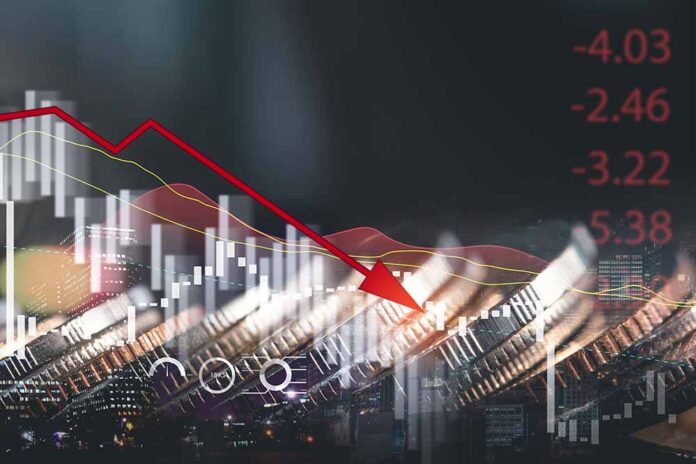The global economy’s “speed limit”—the maximum long-term rate at which it can grow without sparking inflation—is set to slump to a three-decade low by 2030 states a recent World Bank report.
“We owe it to future generations to formulate policies that can deliver robust, sustainable, and inclusive growth,” said Ayhan Kose, a lead author of the report and Director of the World Bank’s Prospects Group. “A bold and collective policy push must be made now to rejuvenate growth. At the national level, each developing economy will need to repeat its best 10-year record across a range of policies. At the international level, the policy response requires stronger global cooperation and a reenergized push to mobilize private capital.”
An ambitious policy push is needed to boost productivity and the labor supply, ramp up investment and trade, and harness the potential of the services sector, a new World Bank report shows. Between 2022 and 2030 average global potential GDP growth is expected to decline by roughly a third from the rate that prevailed in the first decade of this century—to 2.2 percent a year. For developing economies, the decline will be equally steep: from 6 percent a year between 2000 and 2010 to 4 percent a year over the remainder of this decade. These declines would be much steeper in the event of a global financial crisis or a recession.
The report states that potential GDP growth can be boosted by as much as 0.7 percentage points—to an annual average rate of 2.9 percent—if countries adopt sustainable, growth-oriented policies. That would convert an expected slowdown into an acceleration of global potential GDP growth.
The report highlights specific policy actions at the national level that can make an important difference in promoting long-term growth prospects:
Align monetary, fiscal, and financial frameworks: Robust macroeconomic and financial policy frameworks can moderate the ups and downs of business cycles. Policymakers should prioritize taming inflation, ensuring financial-sector stability, reducing debt, and restoring fiscal prudence. These policies can help countries attract investment by instilling investor confidence in national institutions and policymaking.
Ramp-up investment: In areas such as transportation and energy, climate-smart agriculture and manufacturing, and land and water systems, sound investments aligned with key climate goals could enhance potential growth by up to 0.3 percentage points per year as well as strengthen resilience to natural disasters in the future.
Cut trade costs: Trade costs—mostly associated with shipping, logistics, and regulations—effectively double the cost of internationally traded goods today. Trade costs, moreover, can be reduced in climate-friendly ways—by removing the current bias toward carbon-intensive goods inherent in many countries’ tariff schedules and by eliminating restrictions on access to environmentally friendly goods and services.
Capitalize on services: The services sector could become the new engine of economic growth. Exports of digitally delivered professional services related to information and communications technology climbed to more than 50 percent of total services exports in 2021, up from 40 percent in 2019. The shift could generate important productivity gains if it results in better delivery of services.
Increase labor force participation: About half of the expected slowdown in potential GDP growth through 2030 will be attributable to changing demographics—including a shrinking working-age population and declining labor force participation as societies age. Boosting overall labor force participation rates by the best ten-year increase on record could increase global potential growth rates by as much as 0.2 percentage points a year by 2030. In some regions—such as South Asia and the Middle East and North Africa—increasing female labor force participation rates to the average for all emerging markets and developing economies could accelerate potential GDP growth by as much as 1.2 percentage points a year between 2022 and 2030.
The report also underscores the need to strengthen global cooperation. For this, it is essential to catalyze trade, accelerate climate action, and mobilize the investments needed to achieve Sustainable Development Goals.



